
10 minute read
Wild About Texas
WILD A B O U T T E X A S
WRITTEN BY AMBER LEUNG - Coastal Prairie Chapter President CJ McDANIEL - Coastal Prairie Chapter Training Director PHOTOGRAPHY BY AMBER LEUNG
Whether you’re a native, moved here a long time ago or very recently, you have likely heard the expression, “everything is bigger in Texas!” In many ways, it’s true. From Oklahoma to the Mexican border it is 801 miles and east to west the state spans 773 miles. With over 268,000 square miles of land and an ever-increasing population upwards of 27 million residents, Texas is the largest state in the continental U.S. and the secondmost populous. So what, you might ask? Thanks to the vastness of Texas, many of us may not realize that it is one of the most ecologically-diverse states in the country with 10 distinct climatic regions. These support more than 180 species of mammals, 645 birds, thousands of varieties of plants, and tens-of-thousands of invertebrates.
With all these plants and animals, Texas has always been a great place of discovery for naturalists. The first European naturalists to arrive studied and cataloged the new species for those who followed. For the settlers and their descendants, a desire to understand the interactions between nature and agriculture grew into formal disciplines of higher learning.
“To be whole. To be complete. Nature reminds us what it means to be human, what we are connected to rather than what we are separate from.” - Terry Tempest Williams - today, because less than one-tenth of one percent of
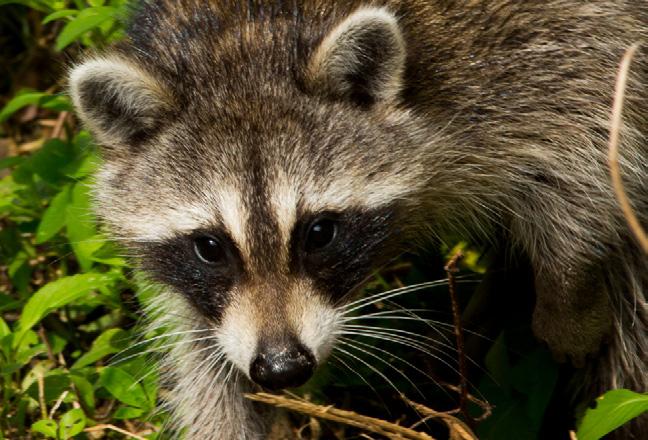
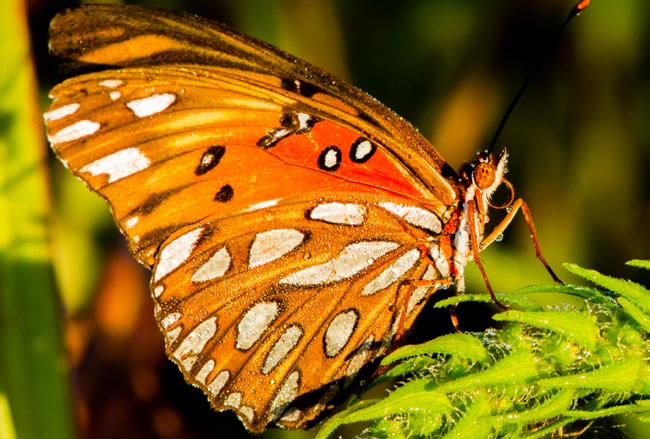
The Texas Master Naturalist Program’s mission is “to develop a corps of well-informed volunteers to provide education, outreach, and service dedicated to the beneficial management of natural resources and natural areas within their local communities for the State of Texas.”
What does that mean exactly? Perhaps it means the opportunities for a Texas Master Naturalist (or TMN) to serve their community are only limited by their imagination, time, and energy. Some TMN choose to specialize their knowledge in specific disciplines such as plants, insects, birds. Some enjoy giving public outreach presentations to adults and children, while others prefer the peace and solitude of habitat restoration. Usually, they will serve in a combination of ways. Back in 2009, the city of Rosenberg partnered with the
The Texas Master Naturalist Program is jointly sponsored by the Texas A&M Agrilife Extension Service and the Texas Parks and Wildlife Department. From its inception in 1997, it has grown to 46 chapters and more than 9,600 volunteers. While final tallies for 2016 are not yet complete, in 2015 Texas Master Naturalist volunteers contributed nearly half a million volunteer service hours with a value close to $10 million to the state. There were miles of new trails. Chapters throughout the state hosted 4,144 events reaching more than 169,000 youth and adults. The local Coastal Prairie Chapter serves Fort Bend
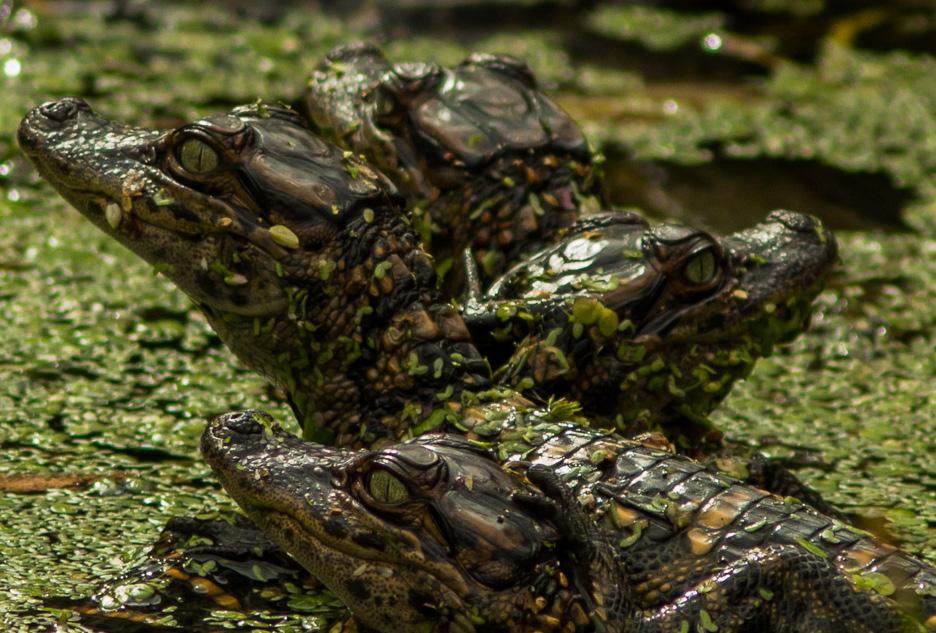
and Waller Counties and has more than 100 dedicated volunteers. Why the coastal prairie? That is the name of the habitat that historically existed right under our feet here. It is a type of tall-grass prairie that extended along the Texas and Louisiana coasts from Corpus Christi to Lafayette. One could call it critically endangered that habitat still exists relatively undisturbed. The other 99.9 percent of the land went the way of agriculture and development long ago.
Seabourne Creek Nature Park Twenty-Year Vision, One Day at a Time
2,594 acres of land conserved or impacted including 68 Coastal Prairie Chapter to utilize the volunteers’ depth and breadth of skills to help the city improve the 164-acre park for residents and visitors alike. A long-term plan was carefully designed that included the building of wetlands habitats, restoration of a 20-acre area to its former native prairie condition and the beautification of the park with a butterfly garden, prairie demonstration garden, and the addition of hundreds of native trees.
The gardens and native prairie are in continual states of change and improvement, new additions to the park include the creation of a native edible and medicinal
TMN volunteers Gerald Trenta, Sal Cardenas, and Roger Hathorn setting fenceposts for hog proof fence in the Seabourne Park demo garden.

plants area and rustic cedar fencing surrounding the two gardens. The cedar fences are an attractive addition born out of a necessity to protect the investments of time and money in the gardens. With the torrential rains and flooding of last summer came a greater influx of feral hogs into the park. Previously, the much-loathed animals had been happy to root trenches along the trails and in the prairie, but this time they developed an affinity for the volunteer-tended garden areas. When they returned time after time to destroy borders, uproot plants, and damage irrigation systems, the Coastal Prairie Chapter was forced to the conclusion that trapping efforts alone would not halt the onslaught. Construction on special garden fences was completed early 2017. With the new rustic aesthetics, there is a growing excitement that this year will be prove to be the most beautiful since the gardens’ inception.
Feral hogs still roam the area and their numbers are on the rise statewide, despite residents’ best efforts at trapping and hunting. They are bright, wary, and will learn to avoid traps when given the chance to escape. Feral hogs reproduce so quickly, in fact, that 70% of their population must be removed annually just to keep their numbers from growing. More research and many combined approaches will likely be necessary to achieve large-scale control over this particularly-destructive invasive species.
Roger Hathorn, Diane Shelton, and Linda Rippert prepare to re-plant the butterfly garden.
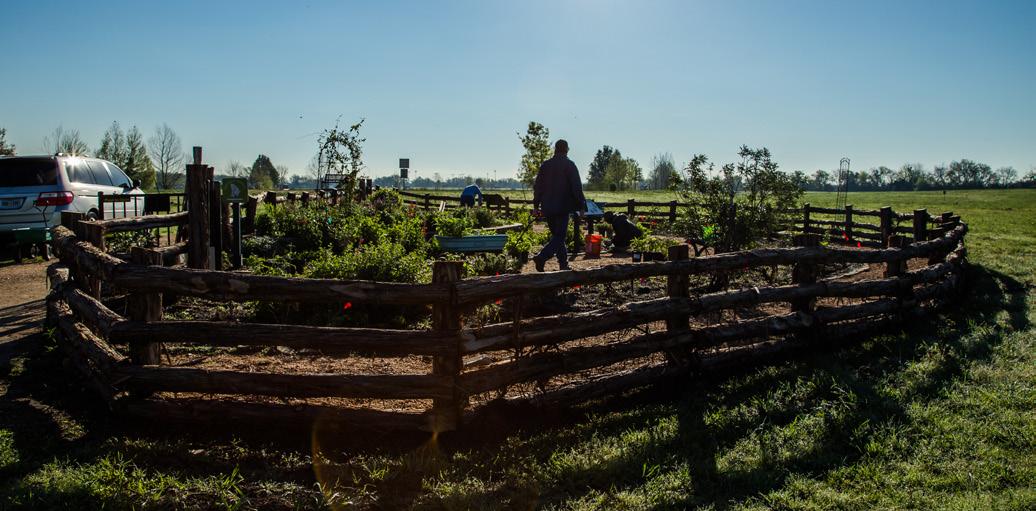
Every year on the first Saturday in November, Seabourne Creek Nature Park hosts the Prairie Heritage Festival. This is a day set aside to allow residents and visitors to learn about life on the coastal prairie during the 1800’s. The event is free and historical costumes are highly encouraged. It is a great way for visitors to envision early Texas life and receive a big dose of nature as they ride around in horse-drawn wagons, get hands-on with caterpillars and butterflies, watch as thread is spun and fabric emerges from a loom, hold a reptile and even learn and sample some of the wild edible plants growing in the park. Visitors can also take home a variety of native plants for their own butterfly gardens and pocket prairies.
Butterfly Gardens Big Help for Small Flyers
Butterfly gardens are rapidly growing in popularity and are a great way to beautify homes and public spaces with wild blooms and colorful wings. Members of TMN have helped build butterfly gardens throughout Fort Bend County, including one of the primary features at Seabourne Creek Nature Park. The basic building blocks of a butterfly garden are host plants and nectar plants. Host plants are the preferred food source for caterpillars. Common host plants include milkweed for monarchs and queens and passionflower vine for gulf fritillaries and zebra longwings. Once these caterpillars complete their first life-stage and emerge as butterflies, however, they will need nectar sources. Lure them to your garden providing sustaining blooms. Blue and white mistflowers, purple coneflower, lantana, and coral honeysuckle are excellent native options to attract and feed the adults.
TMN working to protect endangered Monarch butterfly migration. These gardens are a delight for observers but they also play an important conservation role. Texas is a critical habitat in the endangered migration of monarch butterflies because it is situated between the principal breeding grounds in the north and the overwintering areas in Mexico. Monarchs funnel South through Texas in the fall, with our region in the center of the flyway. The land has changed drastically over the last few hundred years. The future of the monarch migration is uncertain but we are hopeful it can be preserved by bringing back the flora that sustains it.
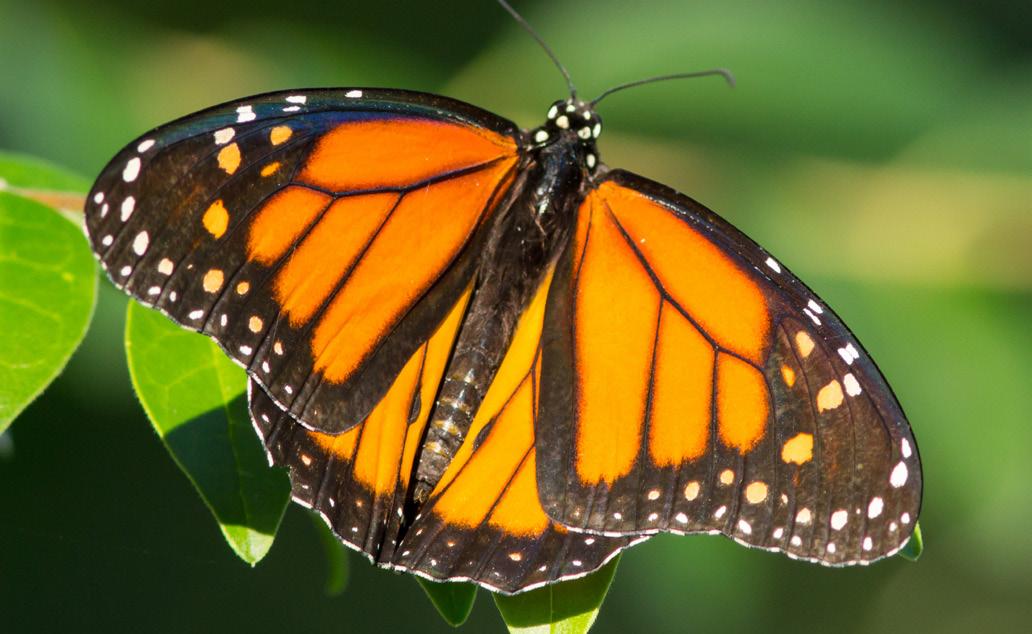
Birds of Many Colors
Birding, sometimes called birdwatching, is the recreational observation of birds. As mentioned before, Texas is an extraordinary place to be a birder with 645 resident, migrant, and incidental species. It would likely not come as a surprise to anyone reading this article that


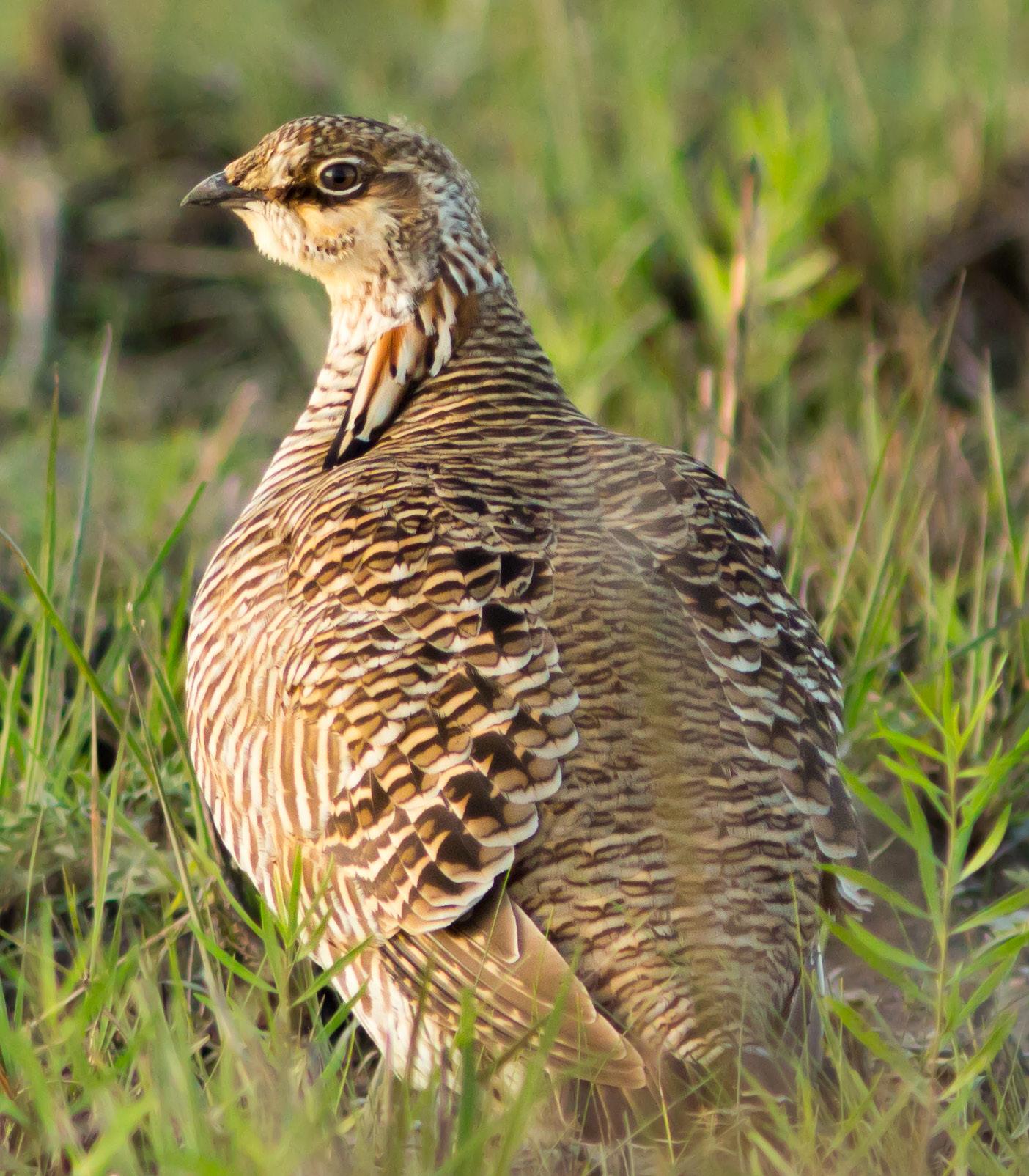
many Master Naturalists are avid birders. Readers might be surprised, however, that birders have documented nearly 200 distinct species just in Seabourne Creek Nature Park. On the first Wednesday morning of most months (usually excluding mid-winter and mid-summer), the public is invited to join a Monthly Bird Hike in the park led by local experts. Many people don’t realize the surprising beauty and vivid colored plumage that are sometimes hiding in plain sight, such as the brilliant painted bunting. Far from a selfish hobby, birding checklists can contribute valuable scientific data to individual landowners, the state, and the world. On the most local of scales, TMN volunteers form survey teams to help local landowners understand their own species diversity and as an aid for their 1-D-1 Wildlife Management Plan. Citizens can be scientists when bird lists are uploaded to the eBird.org database. This is an online, publicly-accessible database created by the Cornell Lab of Ornithology. It is crowdsourced science on a grand scale, providing population and migration data that professional ornithologists could never have imagined possible 20 years ago. Volunteers also help with the state’s effort to study white-winged doves through an annual dove banding effort. Basic statistics on each bird are recorded and an individually numbered band is affixed to a leg before they are released. When a banded bird is found, the location, age and date help improve understanding of the movements, population numbers, and harvest statistics for this popular game bird.
A Prescription for Fire A part of returning natural prairie or farmland to its best condition is through burning. Hundreds of years ago, natural fires helped to maintain the prairie boundaries by clearing invading trees and shrubs and thinning the fastgrowing grasses, thereby allowing greater plant species diversity. Fires also return nutrients to the soil and make them available for the new growth that many types of wildlife (including popular game species) depend upon. “Only you can prevent forest fires,” as the bear said. This is what many of us grew up hearing. In recent times, people developed the technology and means to adopt a policy of large scale fire suppression for the protection of life, property, and livestock. Sometimes this policy was also applied in a misguided attempt at conservation. To replicate those old natural conditions, TMN volunteers assist trained Texas Parks and Wildlife personnel to conduct prescribed burns on private property. Burns are conducted only under very specific wind and humidity conditions and are carefully controlled and monitored. Trained volunteers roam the perimeters to ensure no
The critically endangered Attwater’s Prairie Chicken. On the brink of extinction due to the loss of native prairie habitat and the spread of invasive species.
flames escape.
TMN volunteers assist trained Texas Parks & Wildlife personnel to conduct prescribed burns.
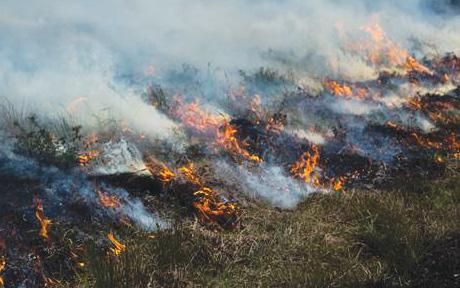
Each spring, the Coastal Prairie Chapter offers training to become a Certified Texas Master Naturalist. This 12-week course provides opportunities to see and explore some of the nearby Texas Parks as well as have experienced biologists, botanists, environmentalists and other specialty field experts provide hands on training in many areas of interest. There are 24 individual specialty training components that when completed provide new members a comprehensive overview of the critical areas of concern for Master Naturalists throughout the state. Should you have interest in these classes, the office is located in Rosenberg in the Texas AgriLife Extension office on Band Road. v
To learn more about THE Texas Master Naturalist Program and the Coastal Prairie Chapter
visit - http://txmn.org/coastal
Events & activities open to the public are always listed on the chapter calendar.











